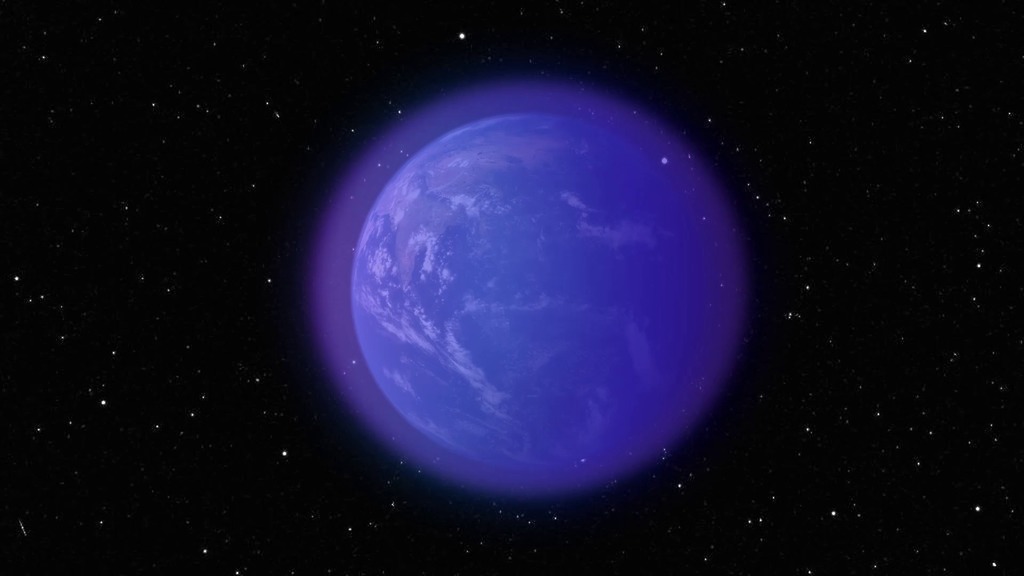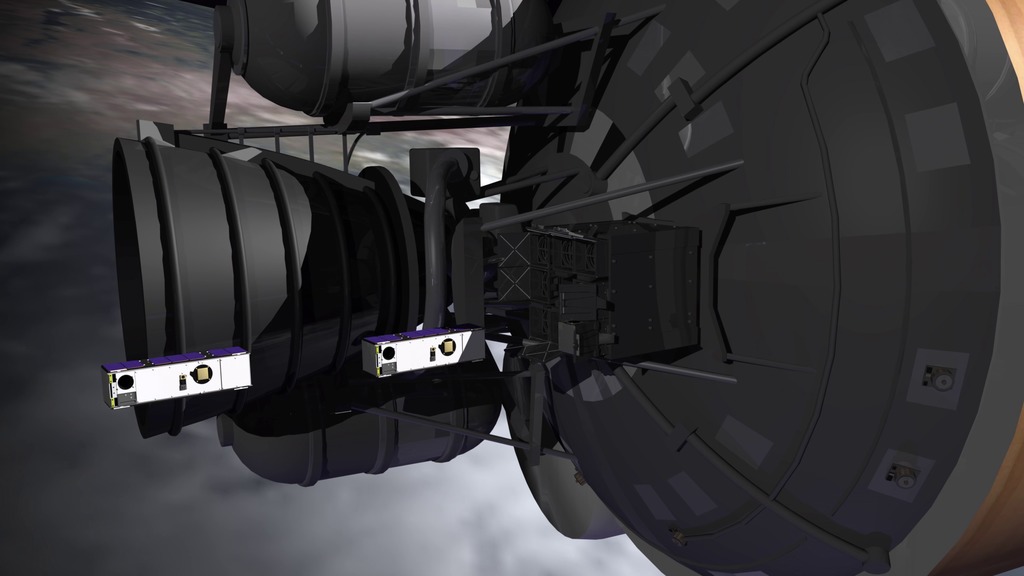NASA Set To Launch Shoebox-sized Satellite Studying Earth's Upper Atmosphere
NASA scientists and engineers named their new CubeSat after the mythological Norse god of the dawn. Now, just days from launch, they are confident the shoebox-sized satellite Dellingr will live up to its name and inaugurate a new era for scientists wanting to use small, highly reliable satellites to carry out important, and in some cases, never-before-tried science.
Dellingr will study how the ionosphere, a region in Earth’s upper atmosphere, interacts with the Sun. Before launch, Dellingr is required to visit to the Magnetic Test Facility at NASA Goddard to test the spacecraft's magnetometers - key instruments for measuring the direction and strength of the magnetic fields that surround Earth.
The spacecraft is scheduled to launch this August aboard a SpaceX Falcon 9 rocket to the International Space Station where it will be deployed later into a low-Earth orbit.
Complete transcript available.
Music credit: 'Cycle of Life' by Philippe Lhommet [SACEM] from Killer Tracks
Watch this video on the NASA Goddard YouTube channel.
A version without text.

Dellingr is purposely designed to be more reliable than more widely used CubeSat platforms and will gather data about the Sun's influence on Earth's upper atmospehre.
A GIF optimized for Twitter.
On Nov. 20, 2017, the Dellingr CubeSat was deployed from the International Space Station and released into a low-Earth orbit to monitor the Sun's impact on Earth's upper atmosphere.
Credit: Nanoracks
On Nov. 20, 2017, the Dellingr CubeSat was deployed from the International Space Station and released into a low-Earth orbit to monitor the Sun's impact on Earth's upper atmosphere.
Credit: Nanoracks
For More Information
Credits
Please give credit for this item to:
NASA's Goddard Space Flight Center
-
Scientists
- Emil Lawrence Kepko (NASA/GSFC)
- Charles E Clagett (NASA/GSFC)
-
Producer
- Joy Ng (USRA)
-
Writer
- Lori J. Keesey (SGT)
-
Support
- Kathalina Tran (KBR Wyle Services, LLC)
Release date
This page was originally published on Wednesday, August 2, 2017.
This page was last updated on Wednesday, May 3, 2023 at 1:47 PM EDT.

